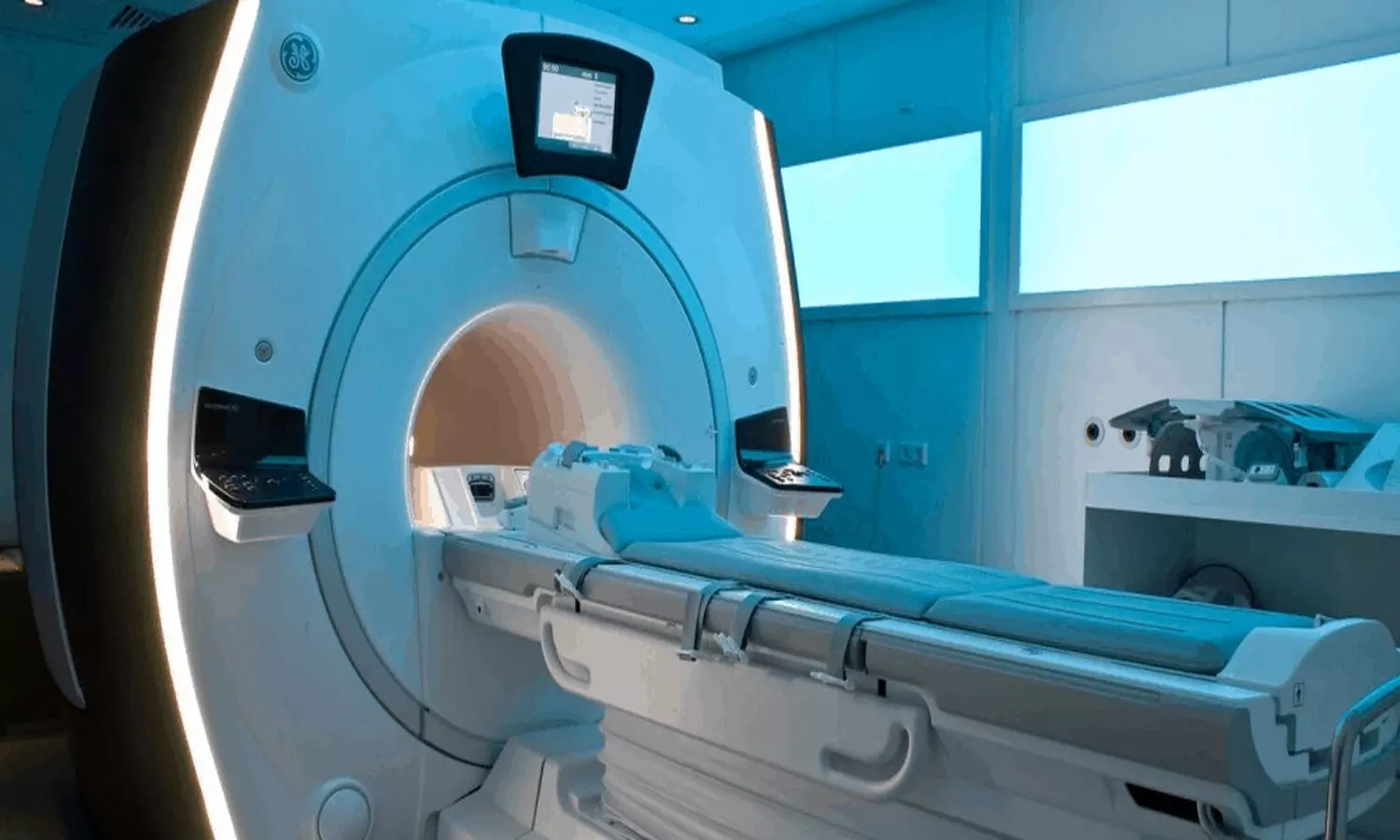Variance between multiparametric MRI and targeted biopsies tied to faulty risk stratification in prostate cancer: Study

Prostate multiparametric magnetic resonance imaging (MRI) is a cornerstone of international guidelines on prostate cancer detection and risk stratification. Upfront MRI focuses attention on a region of interest (ROI) that image-guided biopsies (IGBs) characterize with precision. Any discordance between MRI and fusion biopsies may result in inadequate risk stratification that may be redressed by software-registration IGBs.
Recent study reports published in European Urology Oncology have highlighted that discordant findings between multiparametric magnetic resonance imaging (mpMRI) and transrectal image-guided biopsies of the prostate (TRUS-P) may result in inadequate risk stratification of localized prostate cancer.
In the study,researchers aimed to assess transperineal image-guided biopsies of the index target (TPER-IT) in terms of disease reclassification and treatment recommendations.For the study design, cases referred for suspicion or treatment of localized prostate cancer were reviewed in a multidisciplinary setting, and discordance was characterized into three scenarios: type I—negative biopsies or International Society of Urological Pathology (ISUP) grade 1 cancer in Prostate Imaging Reporting and Data System (PI-RADS) ≥4 index target (IT); type II—negative biopsies or ISUP grade 1 cancer in anterior IT; and type III—<3 mm stretch of cancer in PI-RADS ≥3 IT. Discordant findings were characterized in 132/558 (23.7%) patients after TRUS-P. Of these patients, 102 received reassessment TPER-IT.
The primary objective was to report changes in treatment recommendations after TPER-IT. Therefore, cores obtained by primary TRUS-P and TPER-IT were analyzed in terms of cancer detection, ISUP grade, and Cambridge Prognostic Group classification using descriptive statistics.
Results put forth some interesting facts.
- TPER-IT biopsies that consisted of fewer cores than the initial TRUS-P (seven vs 14, p < 0.0001) resulted in more cancer tissue materials for analysis (56 vs 42.5 mm, p = 0.0003).
- As a result, 40% of patients initially considered for follow-up (12/30) and 49% for active surveillance (30/61) were reassigned after TPER-IT to surgery or intensity-modulated radiotherapy.
"Nonconcordance between pathology and imaging was observed in a significant proportion of patients receiving TRUS-P. TPER-IT better informed the presence and grade of cancer, resulting in a significant impact on treatment recommendations. A multidisciplinary review of mpMRI and TRUS-P findings and reassessment TPER-IT in type I–II discordances is recommended." the team opined.
Observing the results, the research team concluded that , "In this report, patients with suspicious imaging of the prostate, but no or well-differentiated cancer on transrectal image-guided -biopsies, were offered transperineal image-guided biopsies for reassessment. We found that a large share of these had a more aggressive cancer than initially suspected. We conclude that discordant results warrant reassessment transperineal image-guided biopsies as these may impact disease risk classification and treatment recommendations."
For full article follow the link: https://doi.org/10.1016/j.euo.2021.06.001
Source: European Urology Oncology